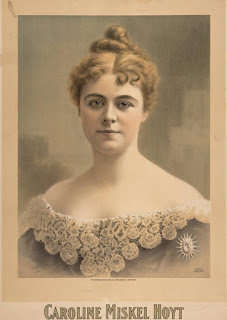Valerie Hobson (born Babette Louisa Valerie Hobson, 1917 –1998). British actress whose film career spanned the 1930s to the early 1950s.
She was born in County Antrim, in Ulster. Before she was 11 years old, Hobson had begun to study acting and dancing at the Royal Academy of Dramatic Arts.
In 1935, aged 17, she appeared as Baroness Frankenstein in Bride of Frankenstein with Boris Karloff and Colin Clive. She played opposite Henry Hull that same year in Werewolf of London, the first Hollywood werewolf film. The latter half of the 1940s saw Hobson in perhaps her two most memorable roles: as the adult Estella in David Lean's adaptation of Great Expectations (1946), and as the refined and virtuous Edith D'Ascoyne in the black comedy Kind Hearts and Coronets (1949).
Hobson's last starring role was in the original London production of Rodgers and Hammerstein's musical play The King and I, which opened at the Theatre Royal, Drury Lane, on 8 October 1953. She played Mrs. Anna Leonowens opposite Herbert Lom's King. The show ran for 926 performances.
In 1939, Hobson married film producer Anthony Havelock-Allan. They had two sons, Anthony and Mark. In 1952 they divorced and in 1954 Hobson married Brigadier John Profumo, a Member of Parliament, giving up acting shortly afterwards. After Profumo's ministerial career ended in disgrace in 1963, following revelations he had lied to the House of Commons about his affair with Christine Keeler, Hobson stood by him, and they worked together for charity for the remainder of her life. Their son, author David Profumo, wrote about the scandal in Bringing the House Down: A Family Memoir (2006).
- "A great beauty who became an impressive actress, elegant redheaded Valerie Hobson landed some very choice roles in the later 1940s..." http://www.screenonline.org.uk/people/id/486555/index.html
- "She was an attractive lady with auburn hair, worn loose and quite curly for that time, and lovely skin." https://www.theoldie.co.uk/blog/i-once-met-valerie-hobson-by-annette-page
- "Although beautiful, with long auburn hair, she was upper-crust and aloof and seemed too prim and ladylike to appear opposite matinée idols such as Granger and Gérard Philippe." https://liambluett.com/2010/valerie-hobson/


















.jpg)

.tif.jpg)

